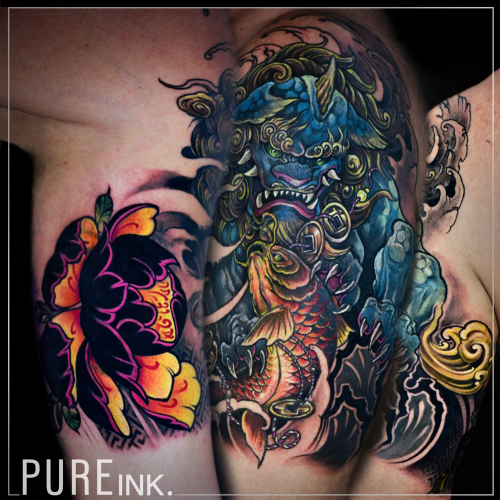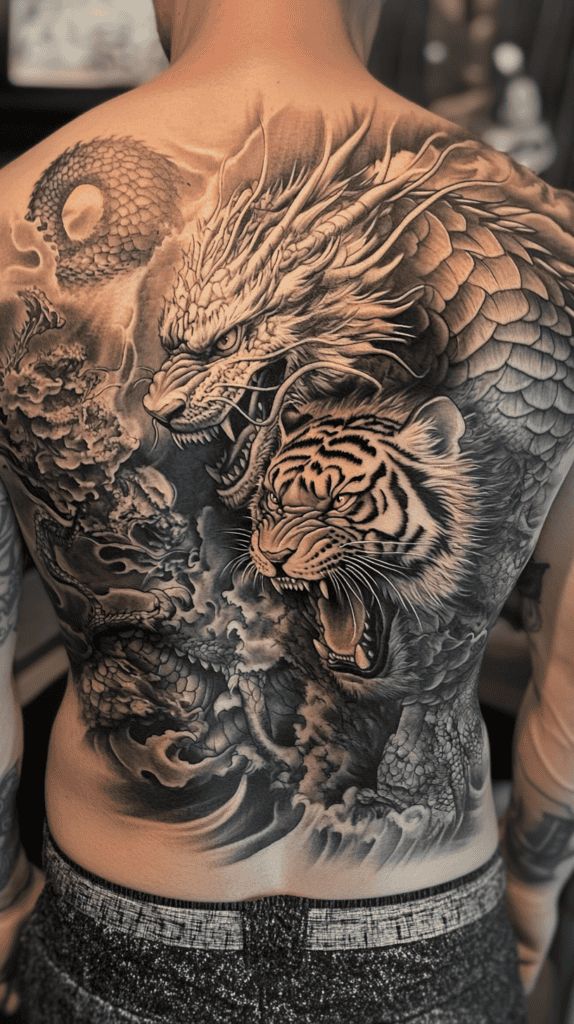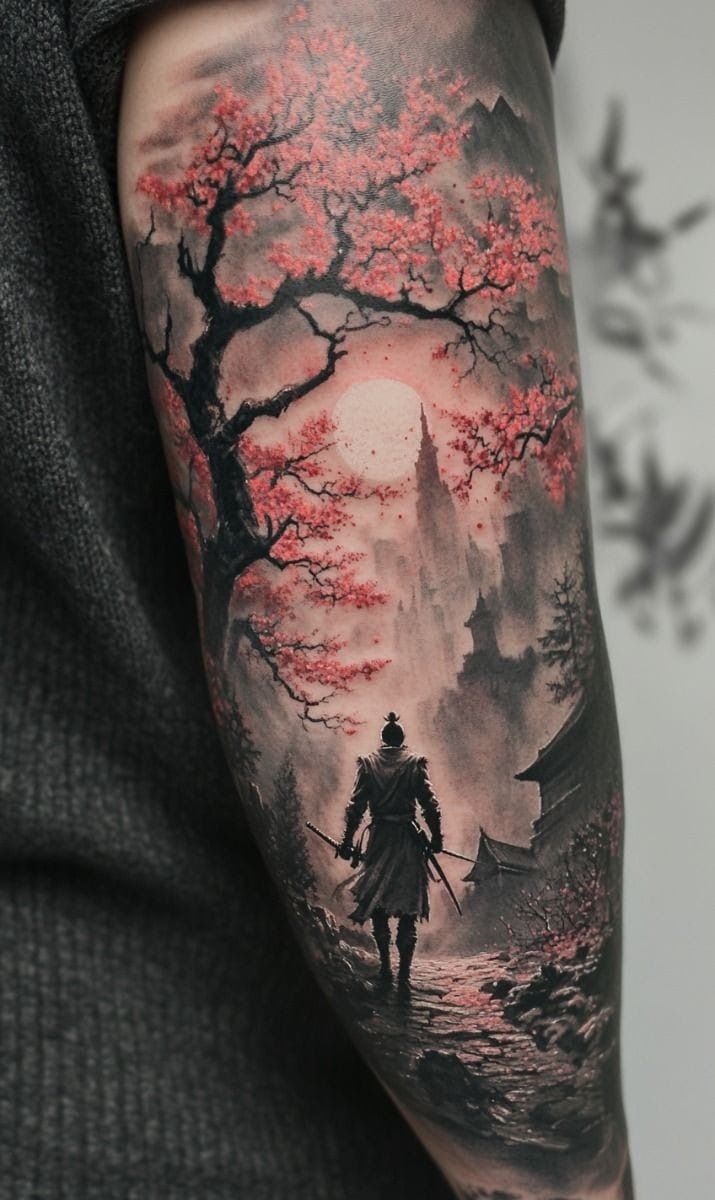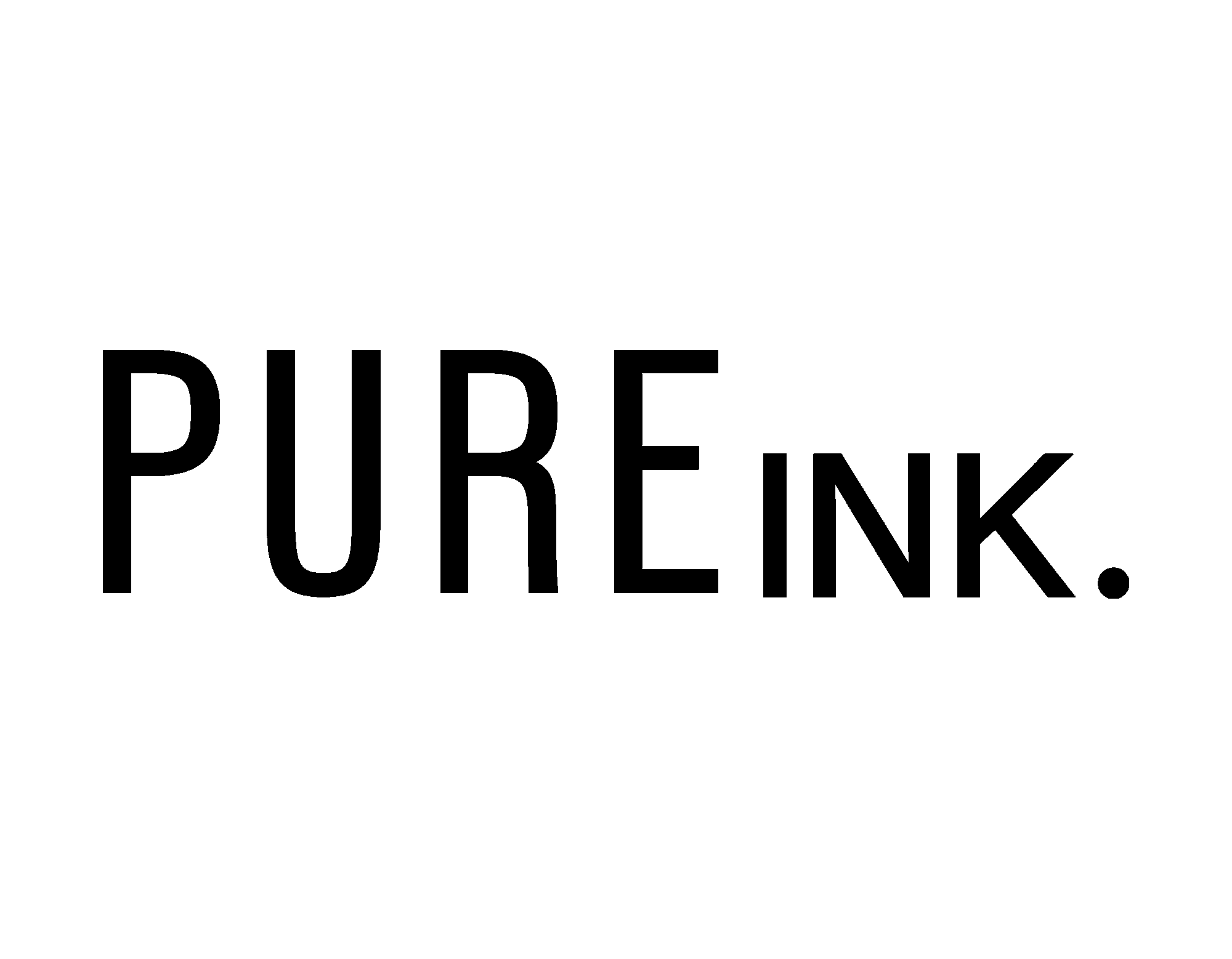
Traditional Japanese tattoos originated in the Jomon period (10,000 B.C – 300 A.D.), where tattoos were used as a form of social marking, spiritual protection, and as a way to signify social status. They often depicted scenes from mythology and nature. They are particularly associated with the indigenous Ainu people of Japan, particularly the women, who heavily tattooed their faces to indicate marital status and motherhood.
These highly artistic tattoos, known in Japanese as Irezumi tattoos, are a stunning combination of tradition, symbolism, and artistic talent. Characterized by detailed designs, brilliant colors, and skilled shading. Japanese tattoos often illustrate the natural world, spiritual concepts, and mythical creatures with detailed and skillful precision.
What may start as a simple line drawing is soon transformed into a rare work of art in the hands of skilled and talented artists trained to do Japanese-style tattoos. They can bestow the feeling of fluid movement in a tattoo, whether through the image of a koi fish in a pond, the energy of a dragon, or the uplifting presence of the mythical Kirin.
The beauty and intricate majesty of Japanese tattoos make every one of them skilled pieces of living art that convey a story about their owners.
Popular Traditional Japanese Tattoo Designs
Traditional Japanese tattoos, or Irezumi tattoo designs, are known for their bold, detailed work that often tell a deeper story. Some of the most popular motifs include dragons for strength and wisdom, koi fish symbolising perseverance, and cherry blossoms as a reminder of life’s fleeting beauty. Tigers, waves, and Hannya masks also feature heavily, each carrying its own meaning tied to protection, emotion, or nature. These tattoos are usually large, flowing with the body’s shape, and designed to make an impact, both visually and symbolically. Let’s explore some of the styles.
The Kirin – A Traditional Japanese Tattoo Design
The Kirin is a mythical creature of grace, beauty and power often seen in traditional Japanese tattoos. There are several variations of the visual characteristics of the creature, and it can resemble a “Japanese unicorn” or “Chinese giraffe” in the hands of different artists. The Kirin is a symbol of prosperity, purity, and divine protection, and it conveys significant spiritual and symbolic meanings. The meanings include:
Purity & Righteousness in Traditional Japanese Tattoo
The Kirin is a symbol of righteousness and purity. It appears only in regions governed by a just and moral ruler. In Japanese culture, it’s a sign of peace and good fortune, indicating the arrival of a virtuous leader.
Divine Protection in Traditional Japanese Tattoo
The Kirin is associated with protection. It can dispel negative energies and purify environments, making it a common protective entity in mythology and tattoo art.
Blessings and Prosperity in Traditional Japanese Tattoo
The Kirin’s appearance in a Japanese person’s tattoo may symbolize the desire for success, protection against bad luck, and a prosperous life.
Balance and Harmony in Traditional Japanese Tattoo
Images of the Kirin often depict the creature in a peaceful state, symbolizing harmony and the delicate balance between the flaws of the natural world and the perfection of the divine world. The creature represents the concept of yin and yang, and suggest that opposites can coexist in peace.

Physical Characteristics In Traditional Japanese Tattoo
The Kirin is typically depicted as a hybrid creature, although the images can have several variations. It’s often seen to have the body of a horse or deer-like animal and the hooves of a goat. The head shows the most variation. It’s often seen as dragon-like with antlers, covered in fur or scales and a horse’s mane of flowing hair. It is sometimes shown in flight, surrounded by clouds or flames, illustrating its mystical and divine nature.

The Meaning Of Kirin in Traditional Japanese-Style Tattoos
In an Irezumi tattoo, the Kirin is a powerful symbol of wisdom, prosperity, divine protection, and peace. It’s often positioned in larger, more intricate tattoos that symbolize the wearer’s connection to spiritual power or the desire for good fortune. The rich detail provided by a skilled artist trained in Japanese tattoos places the Kirin naturally in many colorful fantasy scenes that illustrate the wearer’s beliefs and dreams.
Placement of Traditional Japanese Tattoo Designs
Japanese tattoos, known for their intricate detail and cultural symbolism, can be placed almost anywhere on the body. However, traditional designs tend to favour larger areas to allow for flowing compositions and storytelling through imagery.
What Are The Most Popular Placements For Japanese Tattoos?
Other than aesthetics, the placement of a Japanese tattoo can also carry specific symbolic meaning. In the world of irezumi, every part of the body tells a story. Here are some commonly chosen areas and what they tend to represent:
Upper Back and Shoulders

This is a popular placement in irezumi tradition, symbolising strength and the ability to carry life’s burdens. A Japanese tattoo featuring the Kirin or dragon on the upper back is visually striking and also offers a sense of protection. At PUREInk, a leading irezumi tattoo studio in Bangkok, our artists are happy to recommend this area for those wanting a bold, meaningful design that flows naturally with the body’s form.
Forearms and Calves

These are ideal for those who wish to wear their identity proudly. Designs here can be standalone or part of a larger traditional Japanese tattoo. In recent times, more people are embracing sleeve and limb tattoos inspired by ancient motifs in respect for cultural heritage.
Chest and Ribcage
The chest is considered a space of courage and heart, while the ribs are often chosen for their closeness to the core. A Kirin tattoo placed across the chest or down the side can symbolise inner resilience and moral clarity. For those seeking a traditional Japanese tattoo in Bangkok with a deep, spiritual touch, this placement is both meaningful and personal.
Hands and Feet (Modern Interpretations)
Although less traditional, these areas are growing in popularity among those wanting something distinct. PUREInk’s skilled artists understand how to translate traditional Japan tattoo artistry into placements that suit today’s tastes without losing their symbolic roots.
In the end, choosing the right placement is about more than looks, it’s about what the tattoo says about you. PUREInk, a trusted irezumi tattoo studio in Bangkok, works closely with clients to ensure their design and placement honour the tradition while staying true to personal meaning.

Celebrities with Japanese Tattoos
There aren’t many international celebrities with Japanese tattoos, as they require a lot of time and skill to complete, and not many tattoo artists can do them well. Recording artist John Meyer is one of the only Western celebrities to have a Japanese tattoo.
How Painful Are Traditional Japanese Tattoos?
Traditional Japanese-style tattoos, especially full-back or sleeve pieces, are known to be quite intense when it comes to pain. That’s largely because these designs cover large areas and are deeply detailed, often requiring multiple sessions. Areas like the ribs, inner arms, and thighs tend to be more sensitive, while places like the outer arms or upper back are usually more manageable. It’s not exactly a walk in the park, but for many, the cultural depth and artistic reward make it well worth the discomfort. A good artist will guide you through it, making the process as smooth as possible.
Get A Traditional Japanese-Style Tattoo In Bangkok With PUREInk
If you’re looking for a studio that understands the depth and artistry behind Japanese tattoos, PUREInk is the place to go. Our experienced artists specialise in creating authentic irezumi style tattoos at our studio in Bangkok, taking inspiration from traditional techniques and symbolism. From full-back pieces to a detailed sleeve, or a smaller design with cultural significance – we approach every tattoo with care, skill, and respect for the tradition. At PUREInk, we tell stories through ink. Visit us to experience expert craftsmanship and receive a truly meaningful traditional Japanese tattoo in Bangkok that reflects your personal journey.
